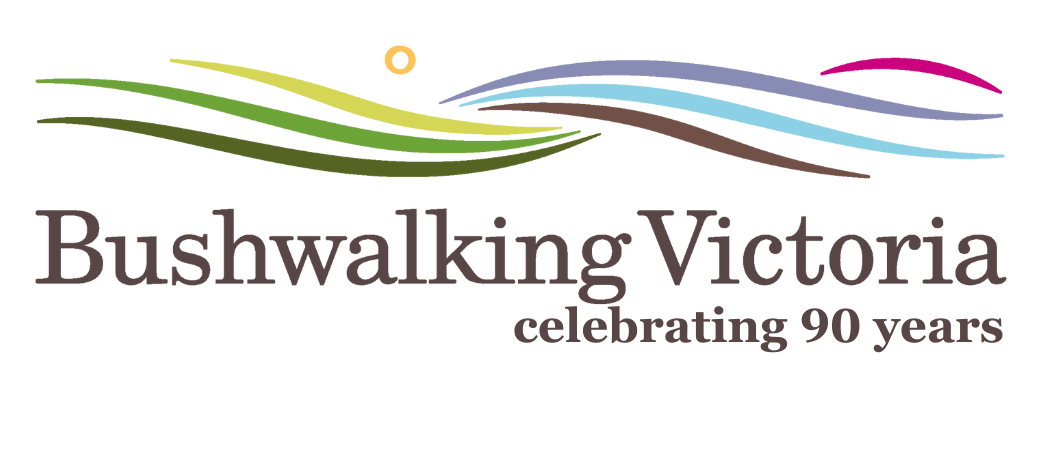History
The History of Bushwalking in Victoria
From the time of our early explorers, men and women were drawn to the natural environment and walked the wild country and seaside, utilising trails and pathways established by our First Nations people. As Australia developed the tracks of miners, timber getters and cattlemen served the walkers well.
In the early 1930s Australians joined the world-wide obsession to walk, the "hiking boom", and clubs sprang up everywhere. The fad had hardly caught hold before it waned, but curiously, in 1934, as its popularity faded eight walking clubs in Melbourne founded a Federation, to promote the activity as a reasonable form of recreation, and to lobby for political recognition.
In 1939, World War 2 demanded everybody's efforts and the young walkers of the country joined the Armed Forces and the Federation of Victorian Walking Clubs fell into decline. However, following the war, it fired up again and continued to operate under the name and organisational structure until 2006.
At the end of 2006, the organisation changed its name to Bushwalking Victoria and the governance model changed from a council of club delegates to a board of management.
Our history is described in the book "The Scroggin Eaters: A History of Bushwalking in Victoria, to 1989" by Graeme Wheeler (1991) and its sequel publication "Beyond the Scroggin Eaters: A continuing history of Bushwalking Victoria" (published by Bushwalking Victoria).
Detailed references include:
The Scroggin Eaters: A History of Bushwalking in Victoria, to 1989 by Graeme Wheeler (1991)
The Ways of the Bushwalker: On foot in Australia by Melissa Harper (2020)

